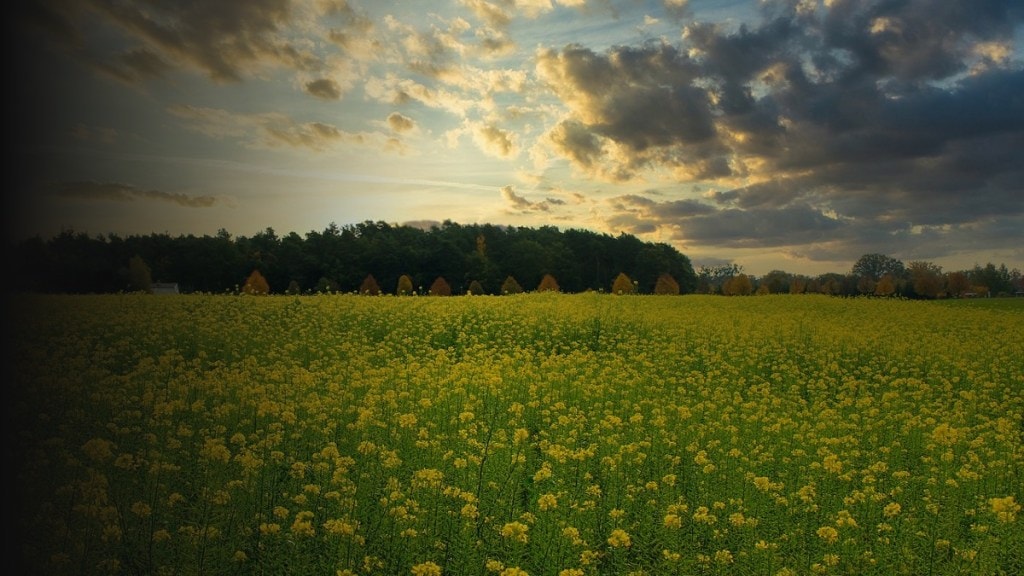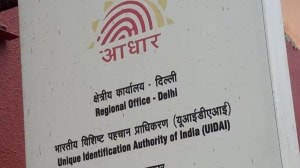By Sunil Madan and Badri Narayanan Gopalakrishnan
Globally, agriculture remains a labour-intensive occupation. Since the last decade, the advancement and automation in agriculture have increased substantially. As the population is predicted to grow, the demand for food has increased significantly. The advent of technology has revolutionised various industries, and agriculture is no exception. The integration of technology in farming practices, commonly known as digital agriculture or precision agriculture, has the potential to significantly increase crop yields, reduce costs, and improve the overall efficiency and productivity of the agricultural sector.
Digital agriculture uses technology to optimise crop yields by analysing data from various sources, such as weather forecasts, soil conditions, and crop growth. Emerging tools and platforms like OpenAI/ChatGPT may be helpful to agriculture advisory and extension services.
Uses of ChatGPT in agriculture
One of the most promising digital agriculture technologies is using natural language processing (NLP) models such as ChatGPT. An OpenAI/ChatGPT, a large language model developed by OpenAI, can be trained to analyse the data and provide farmers with actionable insights on optimising crop yields. It can be trained to understand and answer a wide range of natural language inputs, making it an ideal tool for various applications, including digital agriculture advisory and extension services.
Another key advantage of OpenAI/ChatGPT is its ability to automate routine tasks. Farmers often have to perform repetitive tasks such as data entry, which can be time-consuming and prone to errors. ChatGPT can be trained to automate these tasks, freeing up farmers’ time and reducing the risk of errors. For example, ChatGPT may be used to automate the process of creating crop management plans, which can be used to optimise yield and reduce costs.
Also read: How to make money by using ChatGPT
ChatGPT can be used as an online extension agent, and advisor helping farmers 24/7. Additionally, ChatGPT can be used to improve communication between farmers and agricultural experts. Farmers often have to seek advice from experts and extension agents on various farming practices and other various topics such as crop management, pest control, irrigation, and current and future market scenarios, and this can be a time-consuming and challenging process, especially for farmers in areas who may not have easy access to agricultural experts or extension and advisory agents. ChatGPT can be trained to analyse data from various sources, such as weather forecasts, soil conditions, and crop growth. It can also provide farmers with personalised recommendations on optimising their crop yields.
Voice in local languages
ChatGPT can help farmers in advisory services using voice commands in their local languages using their mobile in several ways. One of the key ways is by providing farmers with access to information on various farming practices. ChatGPT can train to understand and respond to farmers’ queries in their local languages using voice commands on their mobile phones. This can be particularly useful for farmers who may not be literate or find reading and understanding written information difficult. Another way OpenAI/ChatGPT can help farmers with extension and advisory services is by providing them with personalised recommendations based on their specific farming conditions.
For example, a farmer may have a question about the best time to plant/sow a specific crop in his area. He can use his mobile phone to ask this question in his local language, and OpenAI/ChatGPT will provide him with the answer based on the weather and soil conditions in his area. This can help farmers make more informed decisions about their farming practices and ultimately optimise crop yields.
For example, ChatGPT can analyse weather forecasts and predict the likelihood of drought, allowing farmers to take proactive measures to conserve water and protect their crops. Another example could be a farmer in rural India who primarily grows rice and is facing a pest infestation in his fields. He is unsure what kind of pest it is and how to control it. He does not have easy access to agricultural experts and extension agents and is uncomfortable reading and understanding written information. He is, however, comfortable speaking in his local language and has a mobile phone with internet access.
Also read: This ChatGPT-clone lets you talk to Krishna, find answers from Bhagavad Gita
OpenAI/ChatGPT can be trained on a wide range of natural language inputs, can understand farmers’ questions, and provide an answer. He can use his mobile phone to open the OpenAI/ChatGPT-powered mobile application and ask his question in his local language, “What kind of pest is damaging my rice crop, and how can I control it?”. Based on the description provided by the farmer, ChatGPT can identify the pest as the Rice Whorl Maggot, for example, and provide the farmer with recommendations on how to control it, such as using specific pesticides at specific times or using integrated pest management techniques.
This allows the farmer to make an informed decision about controlling the pest infestation and potentially saving his crop. Additionally, ChatGPT can provide the farmer with personalised recommendations based on the weather and soil conditions in his area and can also provide him with information on how to prevent future infestations. By automating the task of pest identification and control, ChatGPT is saving the farmer time and effort and helping him to optimise his crop yields.
This is just one example, but the possibilities are endless. OpenAI/ChatGPT can assist farmers in a wide range of tasks, from crop management to irrigation, and even market predictions, helping them make more informed decisions, optimise their crop yields, and ultimately improve the overall efficiency of the agricultural sector. Some examples of how ChatGPT can be used to assist farmers in different tasks:
Crop management
ChatGPT can be used to assist farmers in various aspects of crop management, such as planting, irrigation, and harvesting. For example, ChatGPT can analyse weather forecasts and predict the likelihood of drought, allowing farmers to take proactive measures to conserve water and protect their crops. It can also be used to create crop management plans, which can be used to optimise crop yields and reduce costs.
Irrigation
ChatGPT can be used to assist farmers in optimizing their irrigation systems. For example, ChatGPT can analyze weather forecasts and soil conditions to determine the optimal time and amount of water to be used for irrigation. It can also be used to identify and diagnose irrigation system problems, such as clogged nozzles or broken pipes, and provide recommendations on how to fix them.
Pest and disease management
ChatGPT can assist farmers in identifying pests and diseases affecting their crops and provide recommendations on how to control them. OpenAI/ChatGPT can identify the pest and provide the farmer with recommendations on preventing it, such as using specific pesticides at specific times or using integrated pest management techniques.
Market predictions
ChatGPT can help farmers predict market conditions and make more informed decisions about when to plant, harvest, and sell their crops. ChatGPT can analyse data on crop prices, weather conditions, and global market trends to predict future demand for particular farm products. This can help farmers decide when to plant and harvest their crops to maximise profits.
All of the above examples demonstrate how ChatGPT can assist farmers in a wide range of tasks, from crop management to irrigation and even market predictions. With the increasing availability of data from various sources such as weather stations, soil sensors, and satellites, ChatGPT is becoming an increasingly valuable tool for farmers and other stakeholders in the agricultural sector. By providing farmers with quick and accurate answers, ChatGPT can help them make more informed decisions, optimise their crop yields, and ultimately improve the overall efficiency of the agricultural sector.
In conclusion, ChatGPT is a powerful tool that could revolutionise the agricultural sector through precision farming, automation of routine tasks, and improved communication. It is a promising technology that can help farmers increase crop yields, reduce costs, and improve the overall efficiency of the agricultural sector. As technology continues to evolve, it will become an increasingly important tool for farmers and other stakeholders in the agricultural sector.
As the technology continues to evolve, OpenAI/ChatGPT will likely become an increasingly important tool for digital agriculture. Open AI/CGatGPT can process large amounts of data quickly and accurately, automate routine tasks and improve communication, making it a valuable tool for farmers and other stakeholders in the agricultural sector. However, it’s worth mentioning that while the potential is enormous, there’s still a lot of work to fully understand how to use it effectively and efficiently in the digitalisation of agriculture, extension, and advisory services.
(The authors Sunil Madan is an International Outreach Specialist, Michigan State University, USA. Badri Narayanan Gopalakrishnan is Fellow, NITI Aayog, where he formerly headed Trade and Commerce as Lead Advisor. Views expressed are personal.)








